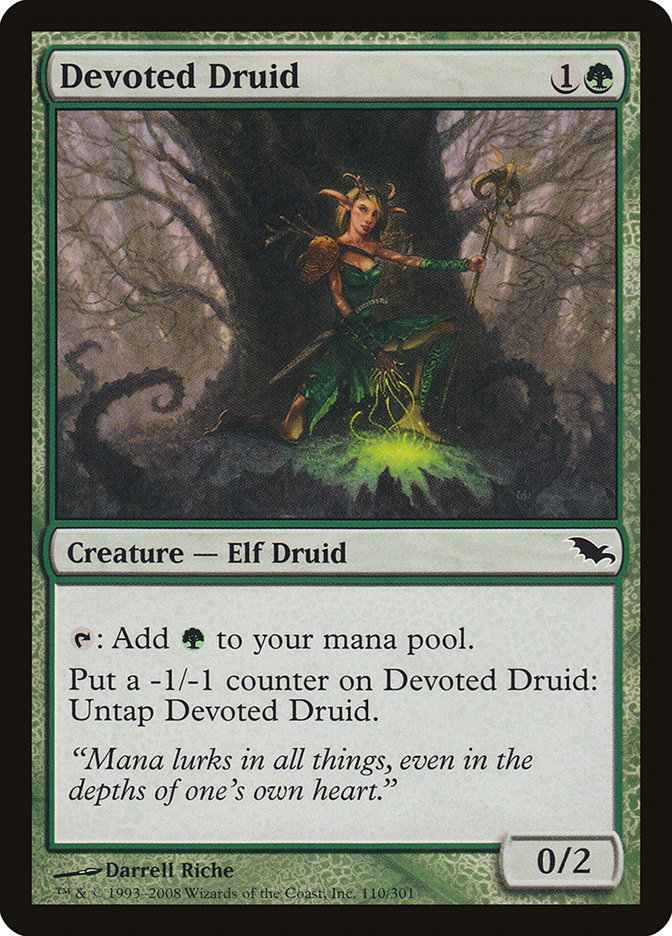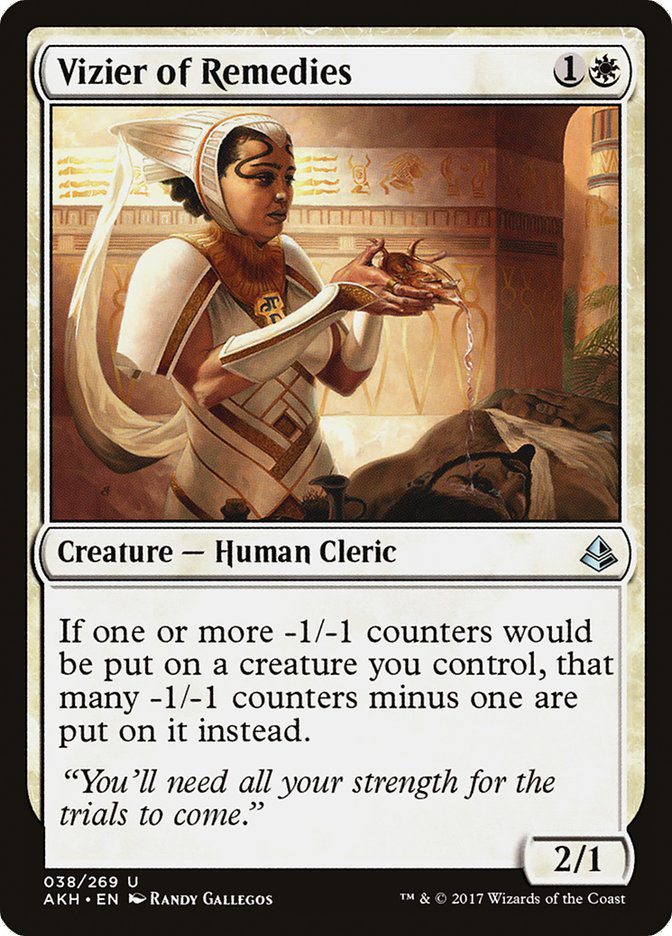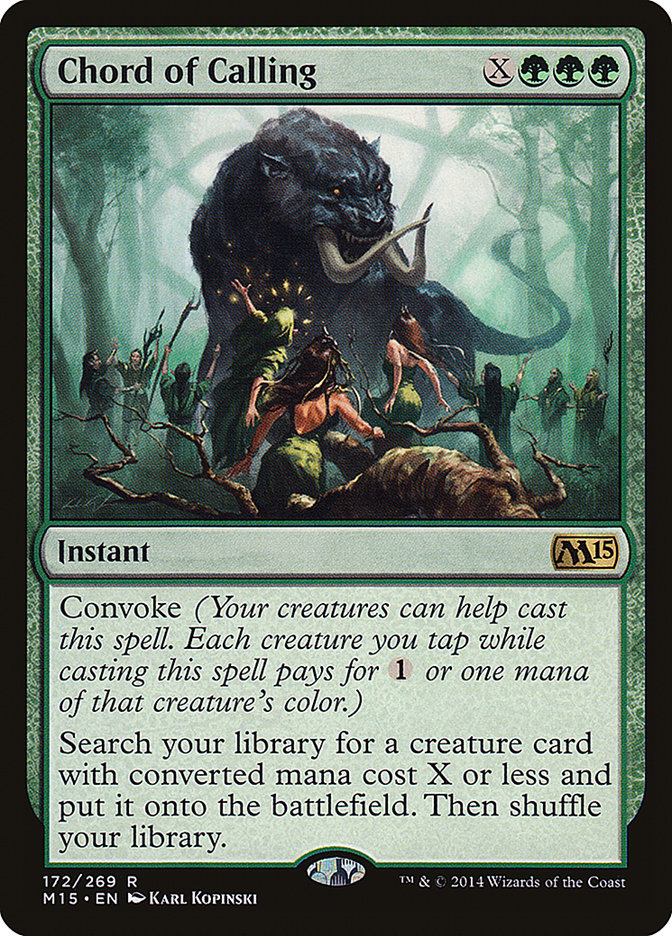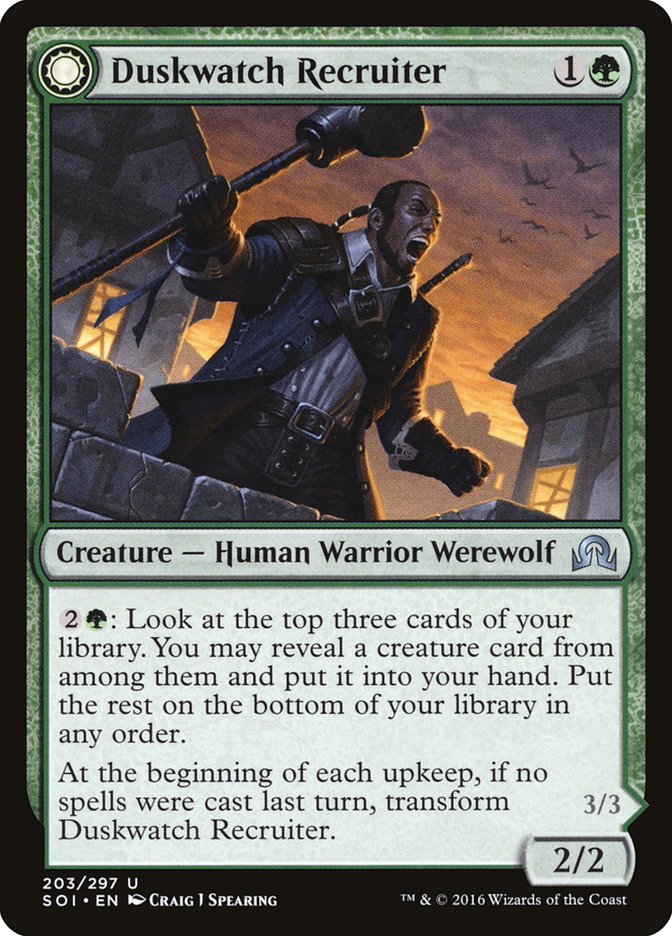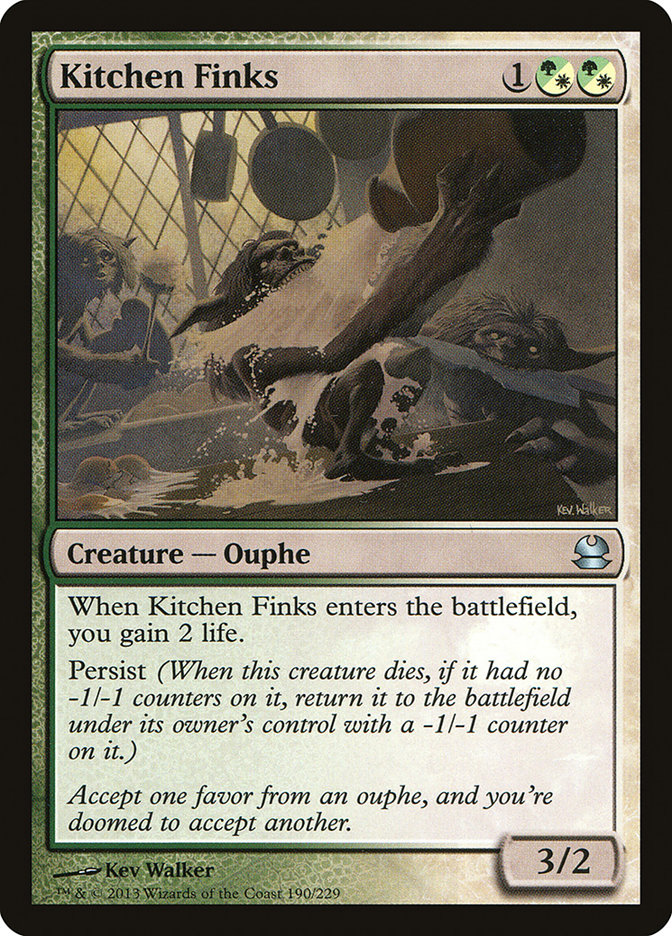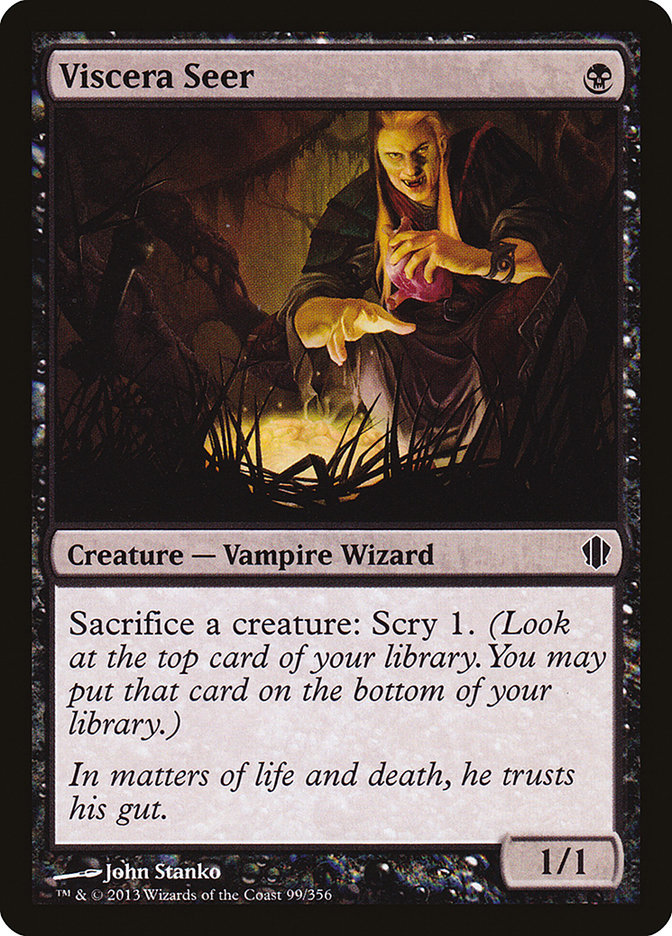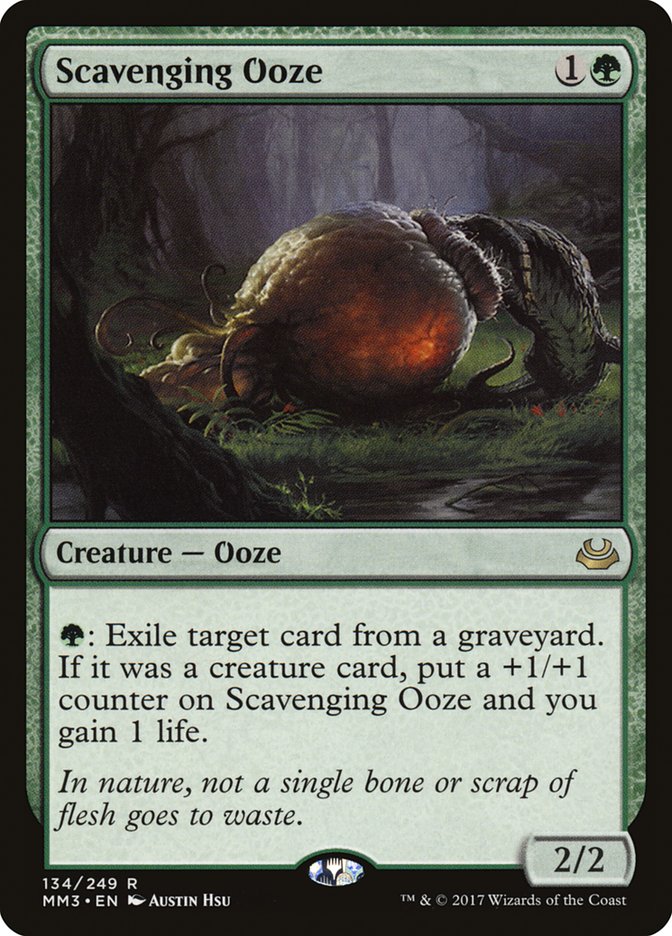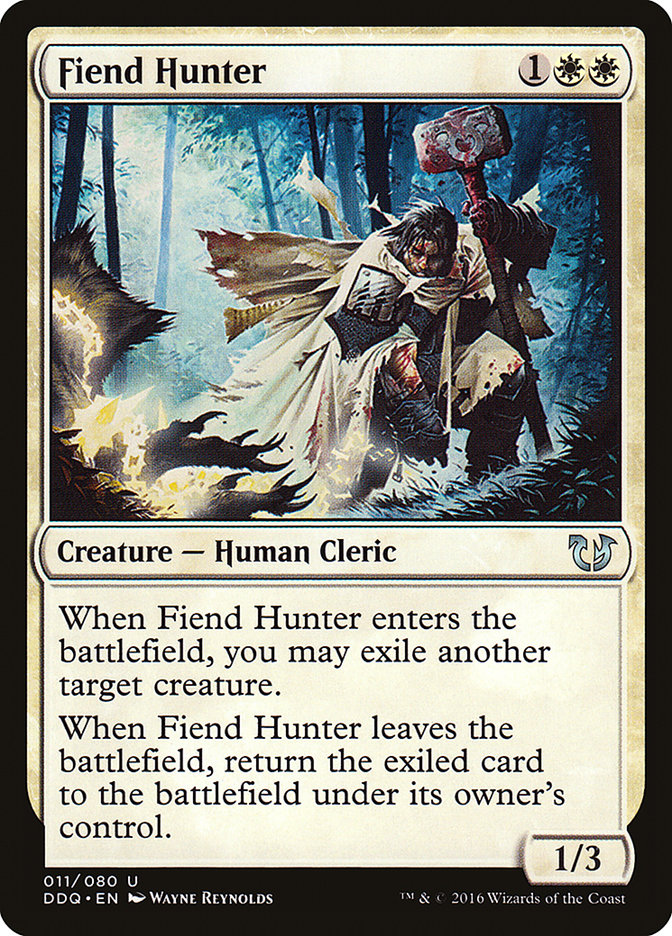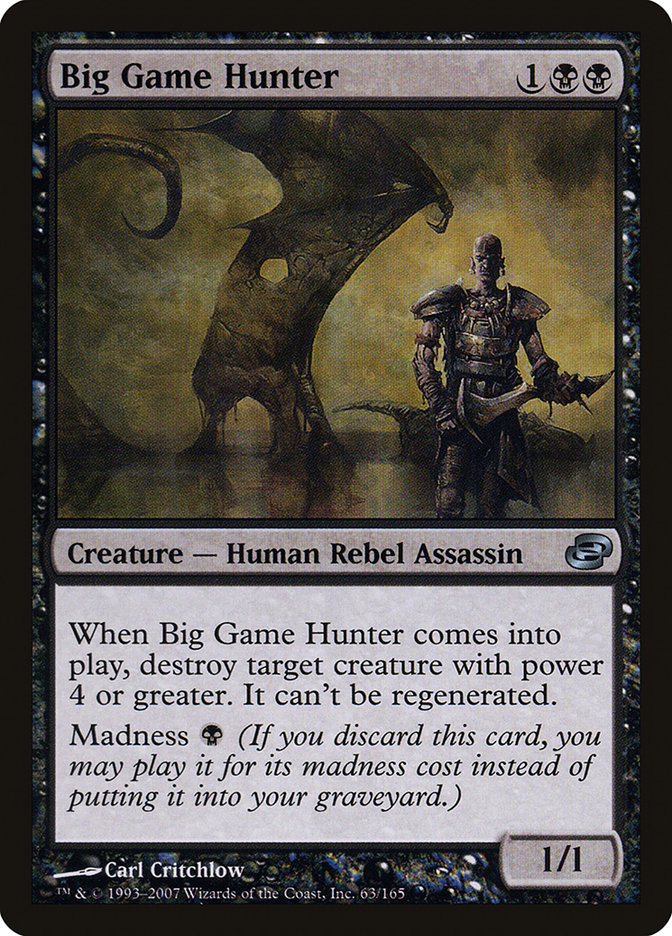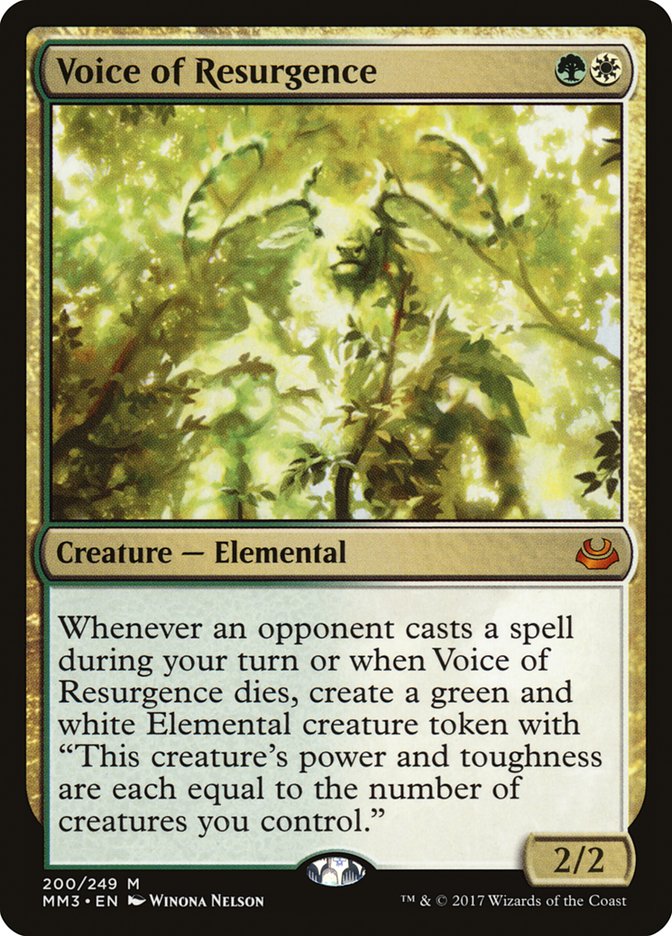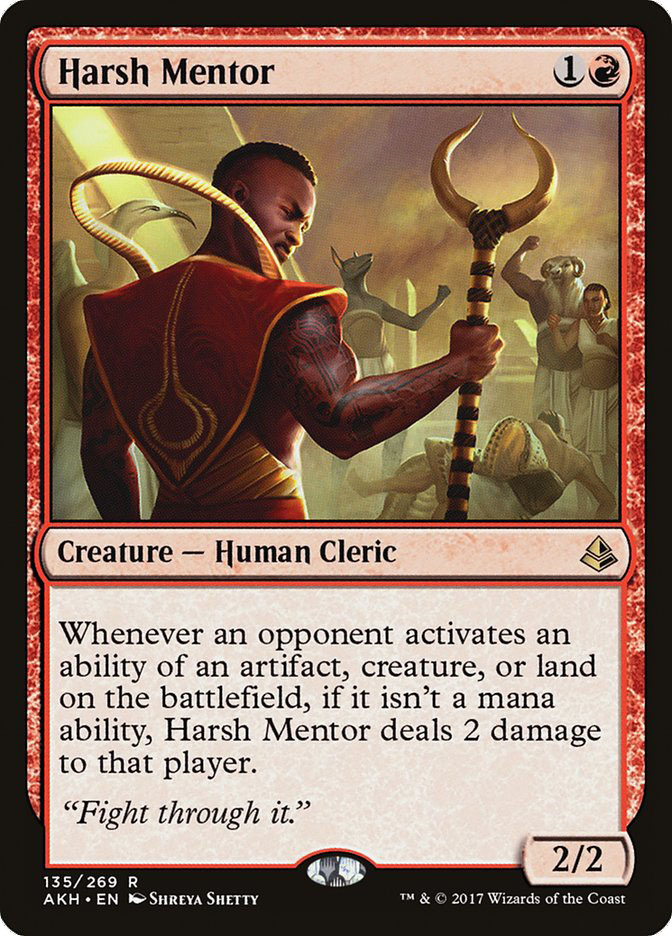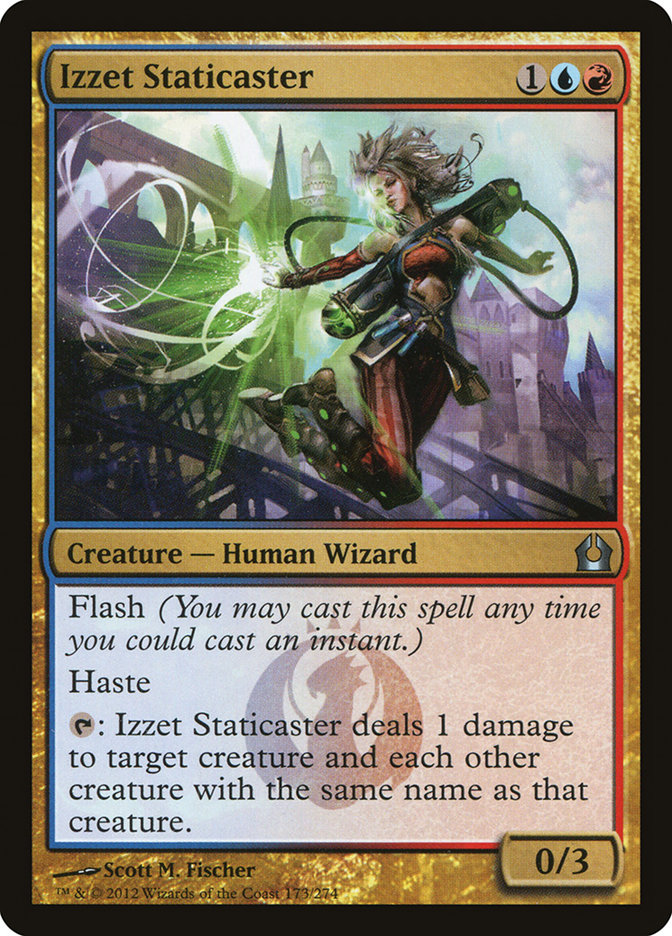I’ve long taken an outsider’s point of view towards Modern. In the past, the majority of SCG Tour events have been focused on Standard, with the occasional Modern event throughout each season. With that in mind, my attention has long been focused on the ever-changing environment Standard has had to offer. Those days, it seems, are in the history books, and after this weekend, I’m surprisingly okay with that.
The Top 8 of this past weekend’s event in Baltimore was a spectacular one, shedding light on the format after its time out of the scrutiny of center stage. There with seven different archetypes making up the elimination rounds and tons more strategies littering the Top 32. It’s easy for me to say that Modern is Magic’s best format right now. It’s been a long time since I’ve thought that…if I’ve ever had that opinion, actually.
While I didn’t quite make the elimination rounds, I only have myself to blame. While the majority of Day 1 went very well, my second day of play wasn’t quite what I’d like to be known for. There was one mistake in Round 14 against Affinity that really haunted me the remainder of the trip, but that’s neither here nor there. I’m still new to the format as a whole and I’m very much looking forward to playing Modern again next week at SCG Charlotte!
Less about the weekend, more about the deck!
Creatures (30)
- 4 Birds of Paradise
- 4 Eternal Witness
- 4 Devoted Druid
- 4 Kitchen Finks
- 3 Noble Hierarch
- 1 Viscera Seer
- 1 Scavenging Ooze
- 1 Fiend Hunter
- 2 Duskwatch Recruiter
- 2 Walking Ballista
- 4 Vizier of Remedies
Lands (22)
Spells (8)

For those of you like me, who didn’t pay too much mind to Modern until the past month or so and aren’t quite familiar with all that’s going on with this deck, let’s get the basics out of the way.
Part of the cost for Devoted Druid’s ability to untap itself is to put a -1/-1 counter on itself. Vizier of Remedies replaces amount of -1/-1 counters you have to place on your own creatures for any reason to “whatever you were going to, minus one.” Thus, with an-unsummoning-sick Devoted Druid and a Vizier of Remedies resolved and on the battlefield, you have arbitrarily large amounts of green mana, even if they try to kill the Vizier of Remedies at any point. You have a few things you can do with arbitrarily large amounts of green mana that just end the game on the spot.
Once you’ve made arbitrarily large amounts of mana, you can chose any number of ways to find your end-game, Walking Ballista. Chord of Calling typically finds Duskwatch Recruiter, which, given arbitrarily large numbers of activations, eventually finds Walking Ballista. I don’t think I need to explain what happens from there!
Who knew that Aether Revolt had such an impact on Modern outside of Fatal Push? Walking Ballista has been one of the ideal ways to kill people in multiple formats with any kind of arbitrarily large amount of mana because Walking Ballista often plays pretty well in most fair games of Magic. While many have mentioned the potential merit of including the Amonkhet legendary creature Rhonas the Indomitable, I find that having a consistent card in Walking Ballista is far more relevant. This is why I chose to include a second copy of Walking Ballista in my list, since often I wouldn’t mind casting it early to kill a whole smattering of creatures. What creatures can Walking Ballista on one kill, you might ask?
That’s only a very small sample of the cards that I personally dealt with this weekend that Walking Ballista had a hand in pinging down! But this deck is much more than a combo deck. With cards like Collected Company and Chord of Calling, Counters Company has access to some of the most powerful creatures available in Modern. There’s no greater feeling than being in a grindy battlefield state against an opponent and casting Collected Company, watching their shoulders sink, and then revealing an Eternal Witness and literally anything else, allowing you to rebuy your Collected Company and do it all over again. In combination with Kitchen Finks being such a pesky, persistent card to deal with, you can out-card advantage virtually any fair deck in the format.
The other arbitrarily large combo this deck has is one we’re quite familiar with in Abzan Company decks of old.
Previously the way you would have this deck work is to assemble Viscera Seer; Melira, Sylvok Outcast; and Kitchen Finks. After sacrificing Kitchen Finks to Viscera Seer, thanks to Melira, Sylvok Outcast, you’d be able to repeat this process any number of times and gain arbitrar amounts of life while scrying to whatever card you’d like to. Vizier of Remedies fills the same exact role in that combo as Melira, Sylvok Outcast did while also interacting with Devoted Druid, as mentioned before. Playing dual roles is what makes this deck so potent and lean, giving it advantages previous Collected Company decks couldn’t dream of.
There are some key things to point out about this decklist that I decided to register that may not be obvious at first glance.
Aside from Viscera Seer, which is the only black card in the maindeck, Scavenging Ooze and Fiend Hunter are the only silver bullet cards I registered. I was last-minute convinced to swap Qasali Pridemage for Scavenging Ooze between the main and sideboard because of the perceived metagame.
Scavenging Ooze has more relevance against Death’s Shadow variants, as well as hating on any graveyard-based decks such as Dredge, Living End, even Burn because of the lifegain, not to mention any kind of Snapcaster Mage deck. In the mirror, it even plays a minor role of disrupting the Viscera Seer combo part of the deck (which is often highly irrelevant because arbitrary damage always beats arbitrary life), but it can exile targets for Eternal Witness, which is far more relevant.
Fiend Hunter is perhaps the worst card in the deck. You almost never want to draw it and it rarely comes up that you do. Even when you do want it, it’s often going to die very quickly. So why run it? My perceived metagame had Counters Company as the most-played deck, which it ended up being. With an almost completely non-interactive deck, you need something to potentially be able to disrupt the mirror Game 1; otherwise it’s strictly a race. Whoever untaps with Devoted Druid first in a mirror match will win the game 99% of the time.
Aside from Fiend Hunter, which is somewhat of a necessary evil, I’ve been completely satisfied with every single copy of each card I played in my maindeck and doubt I’ll be changing anything from there anytime soon.
If you’d like to make fun of my sideboard, now is the time.
Ten one-of cards is hardly the correct configuration for this style of deck. In all honesty I had no idea what I should have expected for the weekend, so I wanted a little against everything. That being said, I could have solidified the correct cards that were actually good in the matchups I wanted them for instead of doing it all based on theory. I should have remembered this simple fact: Modern is an extremely powerful format and only the most impactful cards should be in your sideboard.
In theory, these two cards allowed you to gain some edge against Death’s Shadow decks, since they give you the ability to go longer and grind them out despite their robust creatures. In actuality, the card Chord of Calling isn’t very good in this matchup, since their gameplan is to kill or make you discard everything, leaving you with very little resources, making Chord of Calling a bad card. Not to mention that casting a double black spell can be very difficult with this deck if they kill your Birds of Paradise. Alas, there is an answer.
A mainstay in older Collected Company decks, I believe Voice of Resurgence has no place in the maindeck of Counters Company. It plays no role in finding the combo and isn’t impactful enough as a silver bullet to worth being tutored for. That being said, being able to sideboard into multiple copies of the best card from Dragon’s Maze to help combat the disruption that all of the B/G/x decks bring to the table seems like the perfect card.
I did learn an immense amount from what was my best performance at a Modern Open perhaps ever, and I fully expect next week’s Open in Charlotte to go even better. Furthering my knowledge in the format should start with mastering a specific deck rather than spread my mind thin and experimenting. Given that, you’ll almost certainly see me registering Devoted Druid next week with some tweaks here and there. I wasn’t the only one who felt that Counters Company was the correct choice for the weekend!
Creatures (27)
- 4 Birds of Paradise
- 1 Eternal Witness
- 4 Devoted Druid
- 3 Noble Hierarch
- 4 Knight of the Reliquary
- 2 Scavenging Ooze
- 2 Duskwatch Recruiter
- 3 Spell Queller
- 1 Fairgrounds Warden
- 1 Walking Ballista
- 2 Vizier of Remedies
Lands (20)
Spells (13)

Eli Kassis will always mystify me in his deckbuilding. While I respect him as a player and value his opinion when it comes to technical play immensely, I remain baffled on how he comes to the conclusion with some of his card choices and numbers.
I can certainly see the appeal of the majority of the cards in the deck. Adding blue gives you more interaction in the form of Spell Queller, which against an unsuspecting opponent can run away with a game. He’s giving up the ability to gain arbitrarily large life and have a resilient threat in Kitchen Finks to gain access to a singular threat and toolbox that Knight of the Reliquary has to offer! Not to mention all the combos and cute interactions that Retreat to Coralhelm provides.
Despite all the confusion, one thing is clear: adding more colors to your deck gives you a distinct advantage in the mirror. Harsh Mentor will give your opponent fits, as tapping a Devoted Druid for mana and untapping it will cost you a full four life! Izzet Staticaster preys on any kind of Birds of Paradise-based deck and would cause quite the headache in any kind of drawn-out game. While the splash does seem great, I’m not quite willing to hamper my manabase in such a way to accommodate those cards.
While there is a full week between now and SCG Charlotte, I’m scrambling to scour all the events that happened over this weekend across the globe, showcasing what an amazing format Modern has become as of late. From here, I’ll likely be trying to configure the best version of Counters Company to combat what I’ve seen and expect in the weeks to come.
Creatures (30)
- 4 Birds of Paradise
- 4 Eternal Witness
- 4 Devoted Druid
- 4 Kitchen Finks
- 3 Noble Hierarch
- 1 Viscera Seer
- 1 Scavenging Ooze
- 1 Fiend Hunter
- 2 Duskwatch Recruiter
- 2 Walking Ballista
- 4 Vizier of Remedies
Lands (22)
Spells (8)



